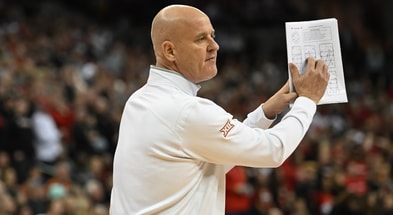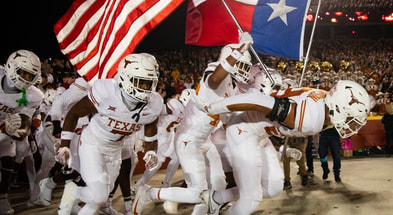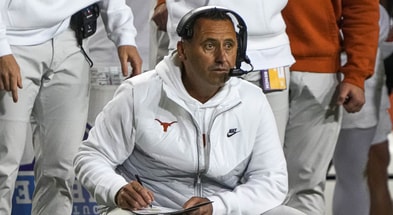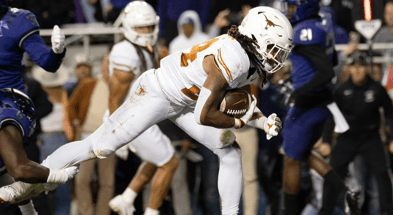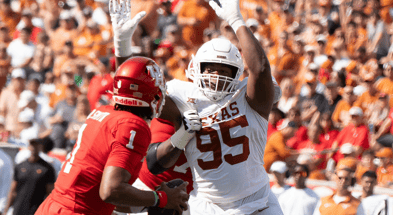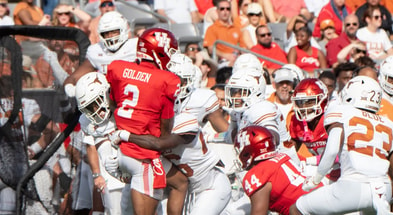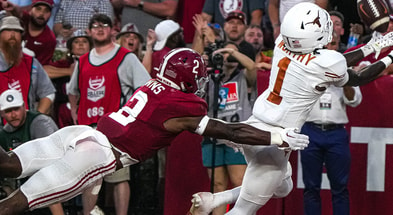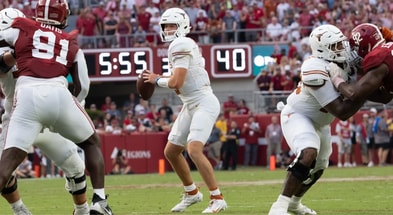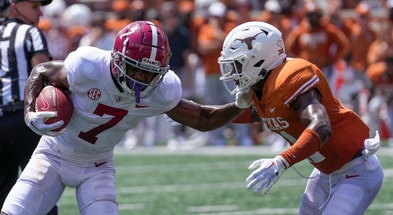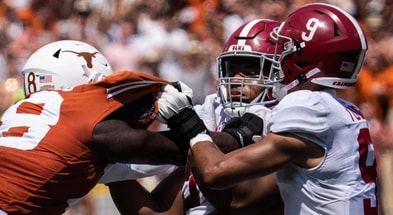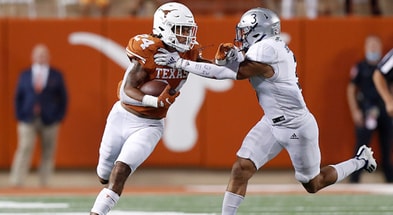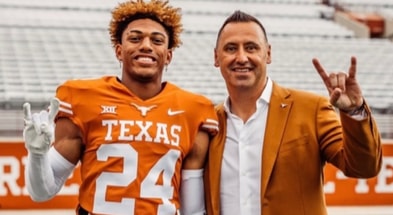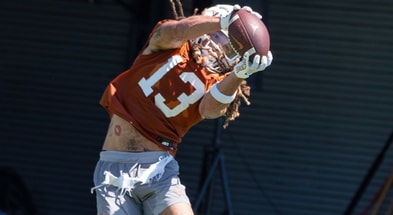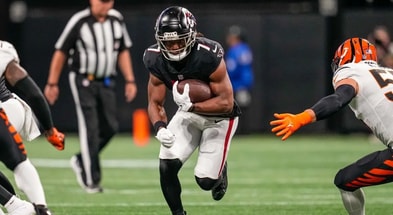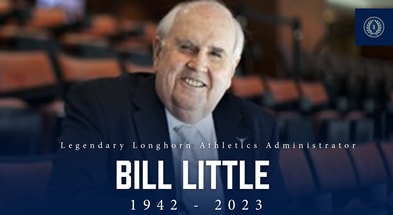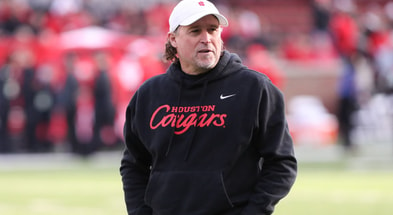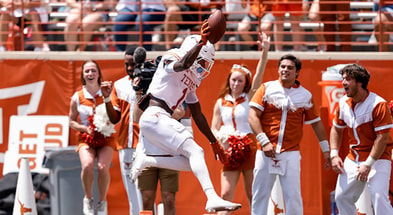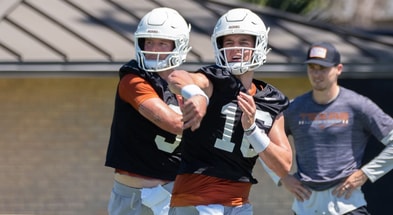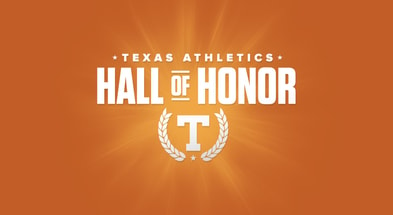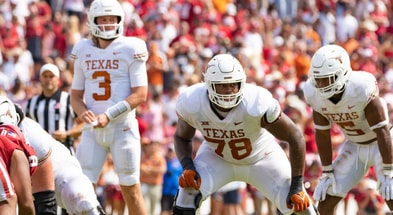Key to defending Oklahoma? Quickly getting lined up again and again and…
Pick a random scoring drive put together by the 2022 Oklahoma Sooners. Whether it was a first quarter touchdown pass from Dillon Gabriel to Brayden Willis versus UTEP, or a first quarter pass from Gabriel to Jalil Farooq against Nebraska, or even Jovantae Barnes’ second quarter score at TCU, there’s a common thread.
[Get ONE MONTH of Inside Texas Plus for $1!]
When the Sooner offense is operating at its best, it’s operating at break-neck speed.
“I’d argue that they’re the fastest team in the country,” Texas head coach Steve Sarkisian said Thursday. “I’d say Oklahoma and Ole Miss, few other teams go as fast as they go there. They’re at another level comparatively to what other people do.”
Oklahoma offensive coordinator Jeff Lebby descends from the Art Briles offensive coaching tree. Lebby’s offenses operate as fast as possible with extreme spacing in an attempt to put defenders in consistent conflict.
Lebby’s offense isn’t quite the same as the scheme Briles deployed at Baylor in the early 2010s. It has influences from Tennessee head coach Josh Heupel and Ole Miss head coach Lane Kiffin, plus others he picked up along the way since his inglorious departure from Baylor.
But all of those play-callers share a common denominator. They all go fast.
Those aforementioned scoring drives? Gabriel to Willis? It was the sixth play of a 93-yard drive completed in 1:48. Farooq’s score? That capped a seven-play, 63-yard drive that took 2:17 off the clock. Barnes’ run? Play No. 7 and the last 20 yards of a 65-yard drive that lasted 1:41.
On average, the play clock still had over 20 seconds remaining every time the Sooners snapped the ball in those scoring drives picked at random.
The Longhorns know they’ll have to be prepared for each play very quickly after the conclusion of the previous one. It’s not just on the coaches to signal the call in as fast as possible. The players have to absorb the call and be in the right spot, and they have to do it over and over.
“You’ve got to do it again the next snap, and the next snap, and the next snap because that’s the way they apply pressure on you defensively,” Sarkisian said. “It’s not so much the formations, the motions, the shifts, and those types of things, the personnel groupings. It’s their ability to not sub and stay on the field. They try to catch you out of alignment, miscommunicating, not prepared for the snap and get knocked off the ball.”
For as quick as they operate, Oklahoma is only No. 34 in the country in plays per game according to TeamRankings.com. Two previous Longhorn opponents, Texas Tech and UTSA rank No. 1 and No. 6, respectively.
Texas obviously had mixed success against those offenses and went 1-1 in those games, but Oklahoma isn’t exactly a close analog to either of the Red Raider or Roadrunner offense. The closest thing to Oklahoma the Longhorns have faced in the Sarkisian era was 2021 Arkansas. The Razorbacks’ offensive coordinator? Kendal Briles, another member of the Briles family tree (and Lebby’s brother-in-law).
In order to record a different result against another Briles-style offense, Sarkisian knows, as he would say, the key to the drill.
“I think it’s important that we communicate at a high level, we get aligned, we understand our assignment, and then still play our brand and our style of football,” Sarkisian said.
